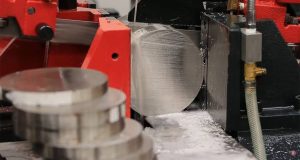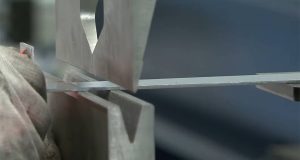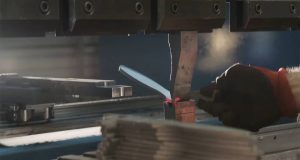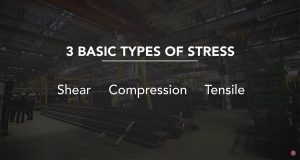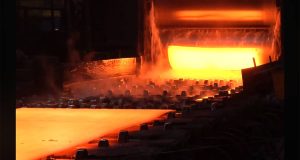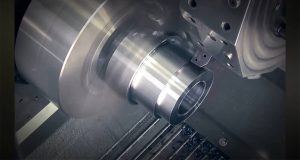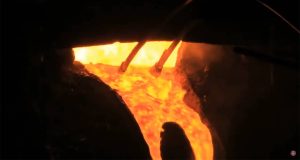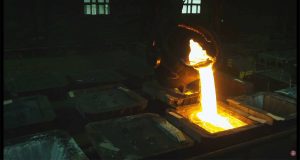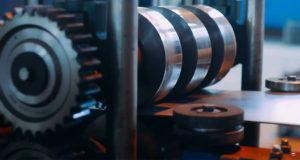Introduction to Cobalt Alloys
The superalloy industry places a lot of emphasis on cobalt-based alloys because of its strength, stability, and capacity to function under harsh conditions. They are particularly highly recognized for their superior resistance to thermal fatigue and ability to function under extreme temperatures compared to many nickel-based alloys.
Enhance Your Reading Experience with Audio
Want to get the most out of this article? You can play the voice audio while you read, letting you absorb the details hands-free or follow along at your own pace. Whether you prefer listening, reading, or a mix of both, the choice is yours.
Key Properties of Cobalt Alloys
Here are some of the most notable characteristics that make cobalt alloys useful across industries:
- High Strength: Excellent for demanding environments where materials face intense stress.
- Corrosion Resistance: Performs well in harsh chemical and marine conditions.
- Hardness: Extremely hard and wear-resistant, though this can complicate machining.
- Weldability: Easier to weld than many other superalloys, providing flexibility in applications.
Thermal Stability Advantage
One of the main reasons cobalt alloys are chosen is their ability to handle a wider temperature range than similar nickel-based alloys. This makes them well-suited for applications exposed to rapid temperature changes, where thermal fatigue could be a problem for other materials.
Common Uses of Cobalt Alloys
Superalloys based on cobalt are used in industries that require corrosion and heat resistance as well as endurance. Their adaptability across industries is demonstrated by their application in gas turbines, cutting instruments, medical implants, and equipment for chemical processing.
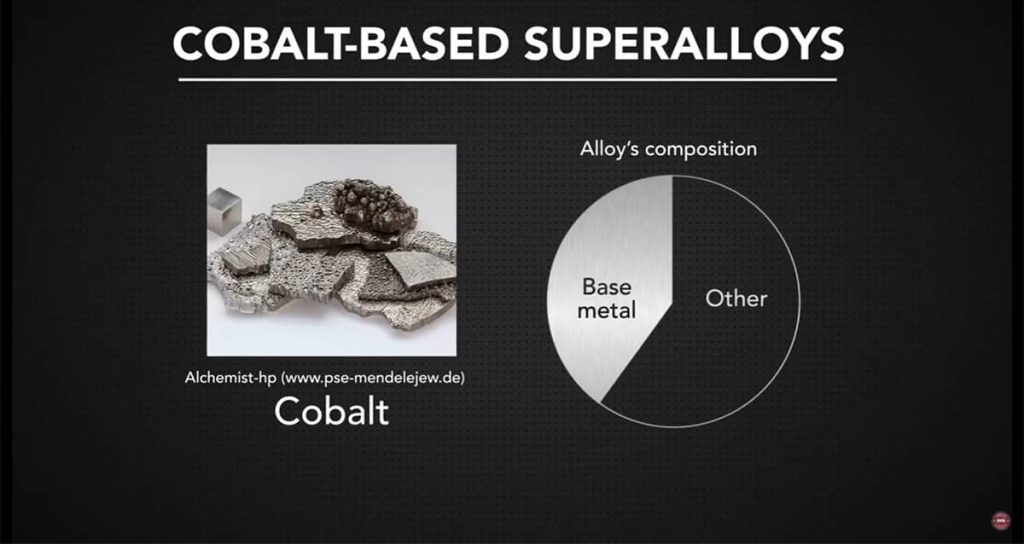
Typical Properties of Cobalt-Based Alloys
| Property | Description |
|---|---|
| Strength | Retains high strength at elevated temperatures |
| Corrosion Resistance | Withstands harsh environments, including chemicals and saltwater |
| Weldability | Easier to weld compared to other high-performance alloys |
| Hardness | Very hard and wear-resistant, which complicates machining |
| Thermal Stability | Excellent resistance to thermal fatigue over a wide temperature spectrum |
Challenges in Working with Cobalt Alloys
Cobalt alloys have drawbacks despite their many advantages. Casting is frequently chosen to minimize finishing work because of their hardness, which makes them costly and challenging to manufacture. Furthermore, the scarcity of cobalt raises the price of materials, which may limit their application in some sectors.
Test Your Knowledge on Cobalt-Based Superalloys
Think you know what makes cobalt-based superalloys so strong and reliable in demanding industries? Head over to SawbladeUniversity.com and take the quiz “Cobalt-Based Superalloys: Strength, Versatility, and Application.” It’s a quick way to challenge yourself, check what you’ve learned, and deepen your understanding of these remarkable materials.
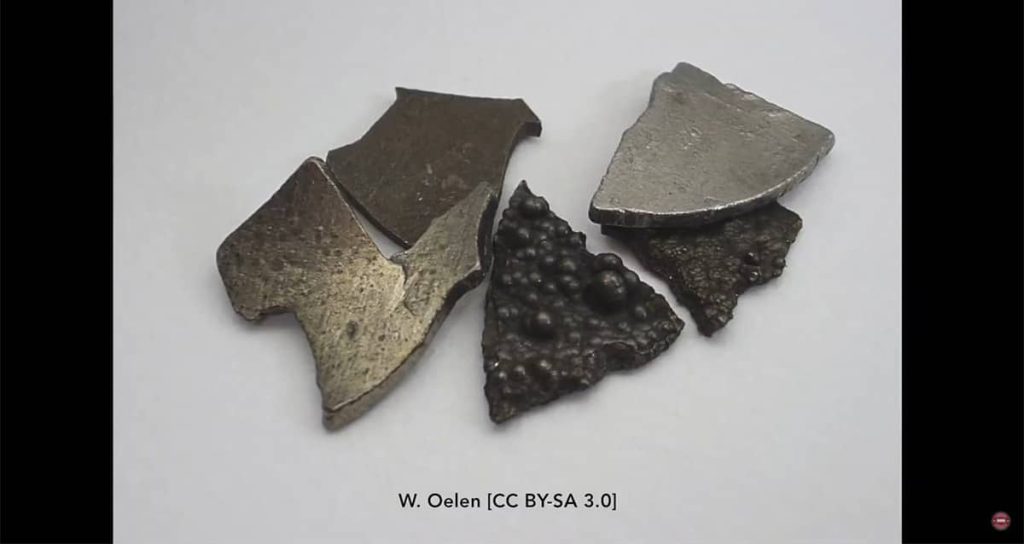
Applications in Petrochemical Industries
Due to their corrosion resistance, cobalt alloys are widely used in the petrochemical sector. Equipment that must handle chemicals, heat, and pressure relies on these alloys to ensure long-term performance.
Applications in the Medical Field
Cobalt alloys are frequently used in implants and prostheses in the medical field. They are dependable materials for joint replacements and surgical instruments because of their strength, durability, and biocompatibility.
Gas Turbine and Aerospace Use
Cobalt alloys are also important in turbines and aerospace parts where both heat resistance and structural reliability are essential. Their thermal stability provides an edge over other alloy groups in these high-demand environments.
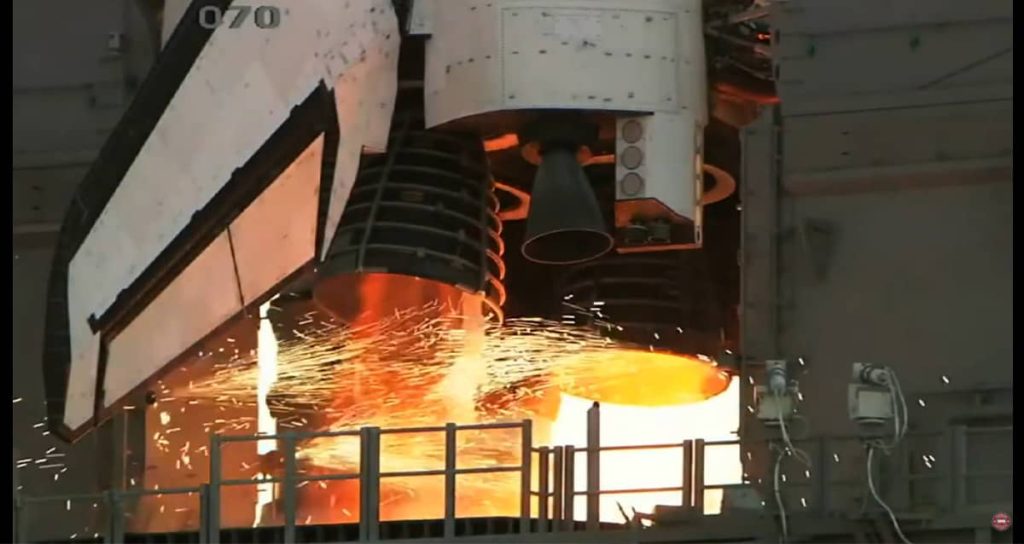
Balancing Cost and Performance
A persistent problem with cobalt alloys is striking a balance between their high performance and price. The initial cost of these alloys must be balanced against the long-term advantages of dependability and decreased downtime.
Learn More About Steel and Cold Working
Interested in how different processes affect metals? Don’t miss our article “How Cold Work Affects Steel’s Structure and Strength.” It explains how cold working changes steel at the microscopic level, improving hardness and durability while also presenting machining challenges. A great read if you want to better understand material performance in demanding applications.
Research and Development Outlook
Engineers and researchers continue to refine cobalt alloys for better machining and reduced cost. Advances in casting methods and alloy compositions are helping expand their applications while addressing traditional drawbacks.
In industries where corrosion prevention, heat resistance, and durability are essential, cobalt-based alloys continue to play a crucial role. Even though they are expensive and difficult to machine, their performance guarantees that they will remain crucial in the petrochemical, medicinal, and aerospace industries.

